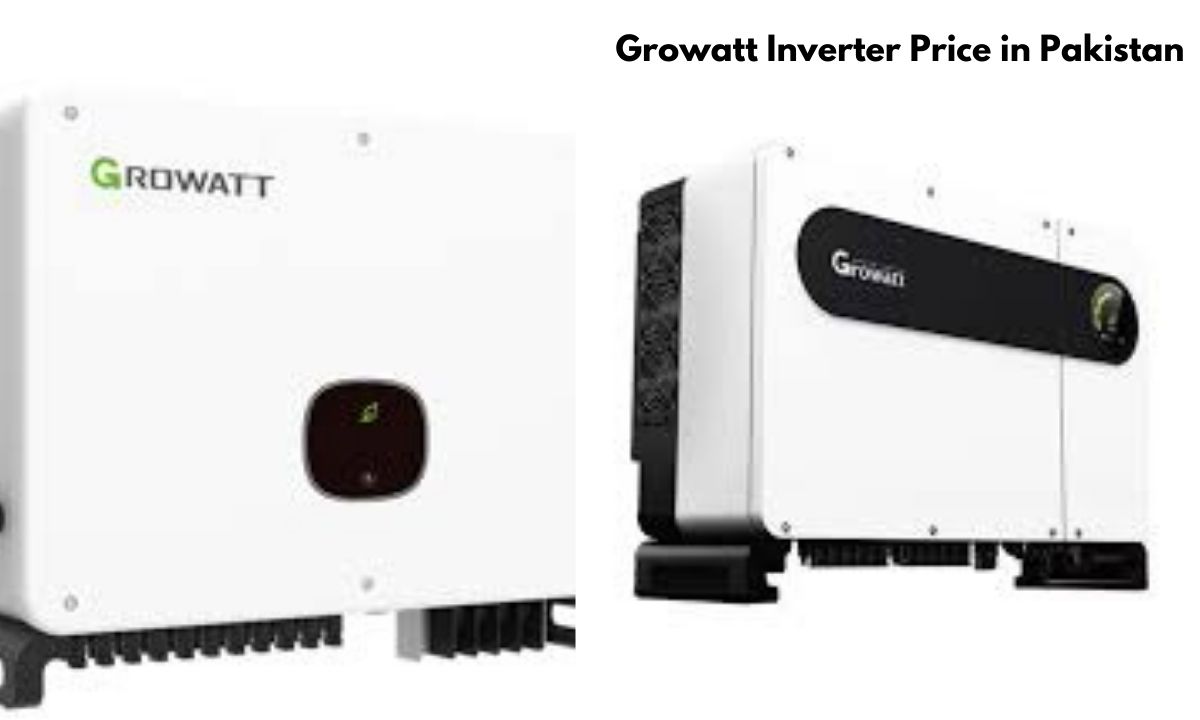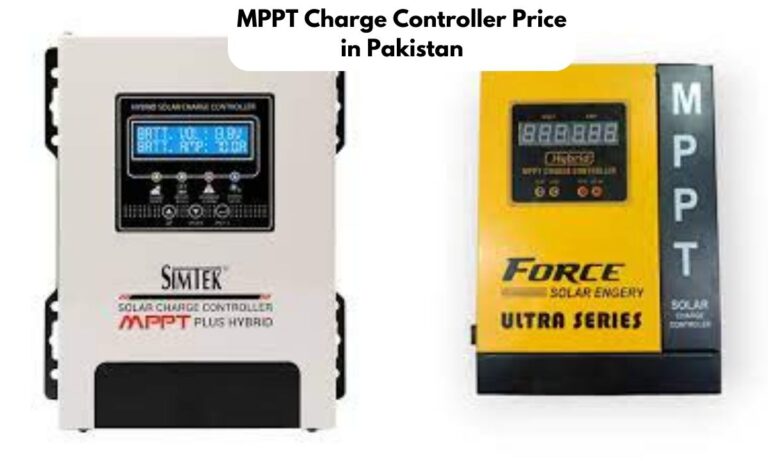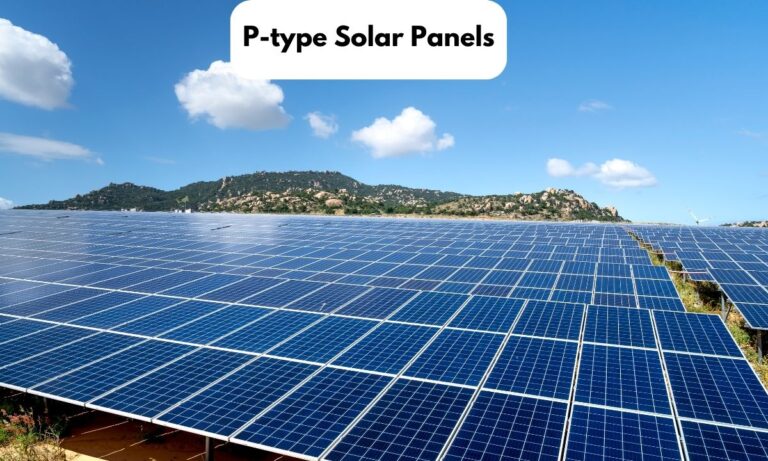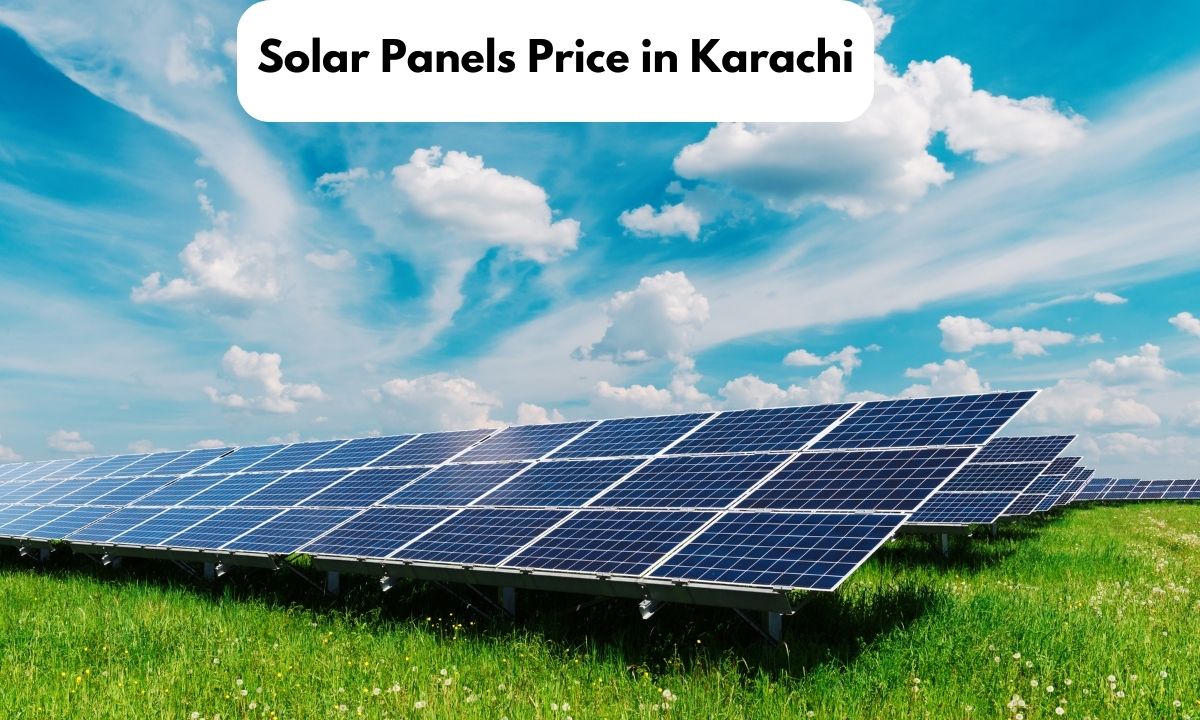5KW Solar System Price in Pakistan (2024 Price Guide)
In the heart of Pakistan, a quiet revolution is happening to tackle the country’s energy challenges. Solar energy is emerging as a sustainable solution, taking advantage of the plentiful sunlight in the region. In Pakistan, a 5KW solar system priced between 850,000 and 1,000,000 is sufficient to power a standard home.
If you consume 500 to 600 units of electricity in a month, this system can fully cover your electric expenses. The cost of a 5KW solar system in Pakistan typically ranges from Rs. 850,000 to Rs. 1,000,000. Investing in this system not only contributes to a greener future but also significantly cuts down electricity bills, potentially up to 100%.
As we dive into the specifics of the 5KW solar system, including its components, installation process, and advantages, we’ll explore how this renewable energy source is reshaping Pakistan’s energy landscape. It’s something worth considering for households across the country, as it not only benefits the environment but also offers substantial savings on electricity.

Understanding the 5KW Solar System
A 5KW solar system is a kind of solar power setup that produces up to 5 kilowatts of electricity. It’s a popular choice for homes and businesses because it can save a lot of energy. The power produced by a solar system is measured in kilowatts (kW), and a 5kW solar system can make 5,000 watts of electricity. The main parts of a 5KW solar system usually include:
- Solar panels: These capture sunlight and turn it into electricity. In a 5kW system, there are usually 15-20 solar panels set up on the roof or on the ground.
- Inverters: These convert the DC electricity made by the panels into the AC electricity used in most homes and businesses.
- Mounting hardware: This keeps the panels in place on the roof or ground.
- Wiring: This connects the panels and other parts to the electrical system.
The specific things a 5kW solar system can power depend on different factors, and it’s a good idea to collaborate with a professional solar installer to create a system that fits your needs.
5KW Solar System Price in Pakistan
The cost of a 5KW solar system in Pakistan typically ranges from Rs. 850,000 to Rs. 1,000,000. This price includes the solar panels, a hybrid inverter, installation charges, and a mounting structure. However, the price can fluctuate based on several factors:
| Factor | Description |
| Solar Panel Type & Size | Quality, efficiency, and size of the solar panels can significantly affect pricing. Options range from low-quality to high-end panels. |
| Inverter Type | The type of inverter (on-grid or hybrid) affects cost. Hybrid inverters, offering net metering and battery backup, are generally more expensive. |
| Battery Size | The capacity of the battery influences the cost. Larger batteries that store more energy tend to be pricier. |
| Mounting Structure | The type and quality of the structure holding the panels can affect costs. Different structures have varied prices. |
| Installation Charges | Labor costs for installing the system can vary based on complexity and company rates. |
| Location | Costs may vary depending on transportation, installation dynamics, and local market conditions in the specific area. |
It’s important to note that while the initial cost may seem high, a 5KW solar system can significantly reduce or even eliminate your electricity bill, providing substantial savings in the long run.
Installation Process of a 5KW Solar System
Setting up a 5KW solar system involves several important steps to make sure everything works well and safely. Let’s go through the process:
Step 1: Checking the Site
Before starting the installation, it’s crucial to do a thorough site survey. This includes looking at the installation area, checking for shade from trees or buildings, evaluating the roof size, and making sure the property is suitable for solar panels. It’s also a chance to inspect the electrical panel and understand how the client uses energy. This survey is important to prevent expensive changes later on and to make sure the solar system is designed perfectly for the property.
Step 2: Choosing the Solar System
Decide which type of solar system is best for the property’s needs. There are three main types: on-grid, off-grid, and hybrid. On-grid systems are connected to the public electricity grid, off-grid systems are completely independent, and hybrid systems combine features of both.
Step 3: Knowing the Components
Get familiar with the parts of a 5KW solar system, which usually include solar panels, an inverter, mounting hardware, wiring, and maybe a solar battery for storing energy. Make sure all the components work well together and meet the system’s requirements. This understanding is crucial for a successful installation.
Step 4: Installation Process
The practical steps of installing a solar system include a few important stages:
- Panel Mounting: Securely attach the solar panels to the roof or ground using the provided mounting hardware.
- Wiring: Connect the solar panels to the inverter using DC wires, and make sure the inverter links up to the property’s electrical system with AC wires.
- Inverter and Battery Installation: Install the inverter, which changes the DC electricity from the panels into AC electricity for home use. If there are batteries in the system, follow the manufacturer’s instructions for proper installation.
- Load Distribution and Testing: Once everything is set up, distribute the electrical load correctly and perform comprehensive tests to confirm that the system is working as it should.
- Net Metering and Subsidies: If applicable, establish net metering to allow any extra electricity to go back into the grid. Additionally, explore any available solar subsidies that might be applicable.
These steps are essential for a successful solar system installation, ensuring that it operates efficiently and takes advantage of available benefits like net metering and subsidies.
Importance of Each Step
- Site Survey: Checking out the site ensures the system is planned to make the most energy efficient.
- System Type Selection: Picking the right system type matches what the system can do with what the property owner needs and wants in terms of energy.
- Component Understanding: Knowing the parts well is key for a smooth installation and a system that works reliably for a long time.
- Precise Installation: The actual installation must be done with care to guarantee safety, follow local rules, and get the best performance from the system.
Every part of the installation process plays a crucial role:
By going through these steps and understanding why each one is important, you set the stage for a successful 5KW solar system installation.
Benefits of a 5KW Solar System
In Pakistan, a 5KW solar system brings notable advantages by cutting down electricity expenses and supporting environmental well-being.
Electricity Cost Savings
Installing a 5KW solar system can significantly slash your electricity bills. Experts and users agree that a 5KW solar panel is ample for powering a standard house in Pakistan. It covers all electric expenses if you use around 500 to 600 units of electricity monthly.
The system generates approximately 600 units, meeting the needs of an average Pakistani household. The total cost of a 5KW solar system in Pakistan varies from Rs. 850,000 to Rs. 1,000,000, covering solar panels, hybrid inverters, installation fees, and mounting structures.
However, the actual savings depend on factors like solar array size, energy consumption, local electricity costs, and system efficiency.
Environmental Advantages
Utilizing solar energy brings numerous environmental benefits. Solar power is both clean and renewable, emitting no carbon like fossil fuels. Embracing solar energy allows Pakistan to lessen its dependence on fossil fuels, combat climate change, and create a cleaner, healthier environment.
One significant environmental benefit of solar panels is the reduction of greenhouse gas emissions. Generating electricity with solar power, rather than fossil fuels, can significantly diminish greenhouse gases, including carbon dioxide (CO2), major contributors to global warming and climate change. Opting for solar power contributes to a sustainable and greener future for Pakistan.
Energy Output of a 5KW Solar System
A 5KW solar system’s energy output can vary significantly based on several factors, including the location’s solar irradiance, the system’s efficiency, and the angle and orientation of the solar panels.
Energy Output of a 5KW Solar System
In Pakistan, a 5KW solar system has the capability to generate about 20-25 kWh of electricity daily, on average. This estimate is based on a standard of 5-6 peak sun hours each day, which is typical for many regions in Pakistan. Over a year, this totals roughly 7,300 – 9,125 kWh of electricity. It’s crucial to understand that these numbers are averages, and the actual output may vary.
For example, during the summer when the days are longer and the sun is stronger, the 5KW solar system can produce more electricity. On the flip side, production might be lower during the winter months. Understanding these variations helps in setting realistic expectations for the system’s performance throughout the year.
Factors Affecting the Energy Output
Certainly, let’s break down the factors influencing a 5KW solar system’s energy output into clear points:
- Solar Irradiance: Think of this as the strength of sunlight, measured as kW/m². The stronger this sunlight, the more electricity your panels can generate.
- System Efficiency: How well your solar panels and the inverter work can make a big difference. Good-quality panels and inverters can change a larger part of sunlight into usable power.
- Panel Orientation and Tilt: The direction your panels face matters a lot. In places like Pakistan or other northern regions, pointing them southward captures the most sunlight.
- Temperature: Hot days can be a challenge for solar panels. When it’s really hot, they might not perform at their peak, reducing the system’s overall output.
- Shading: Even a tiny bit of shade on your panels can have a big impact. Keeping them clear of any obstructions ensures you get the most out of your system.
In my experience, paying attention to these factors ensures your solar system operates efficiently and gives you the best results.
Return on Investment for a 5KW Solar System
The return on investment (ROI) for a 5KW solar system can be calculated by considering the initial cost of the system, the savings on electricity bills, and the lifespan of the system.
Return on Investment for a 5KW Solar System
Let’s discuss the investment and returns of a 5KW solar system in Pakistan in a straightforward manner:
In Pakistan, setting up a 5KW solar system typically costs between Rs.850,000 and Rs.1,000,000. This cost covers everything: the solar panels, a hybrid inverter, installation fees, and the necessary mounts. With this system, you can generate about 600 units of electricity monthly, which is suitable for a regular Pakistani household.
Given that the average electricity rate in Pakistan stands at Rs.20 per unit, you’d save roughly Rs.12,000 every month (calculating 600 units at Rs.20 each). Over its typical 25-year lifespan, the system’s total savings would sum up to Rs.3,600,000 (Rs.12,000 monthly savings for 12 months over 25 years).
To figure out the Return on Investment (ROI):
- Subtract the initial setup cost from the total savings.
- Divide that result by the initial cost.
- Multiply the outcome by 100 to get a percentage.
Using the average setup cost of Rs.925,000, you’d see an ROI of about 289% throughout the system’s 25-year life.
From my observations, this demonstrates the long-term financial benefits of investing in solar energy in Pakistan.
Calculating the Payback Period
Let’s delve into understanding the payback period for a solar system, which is the duration needed for the savings from the system to match its upfront cost. To determine this:
You take the initial investment amount and divide it by the yearly savings you get from the system. This division gives you the number of years required to recover or “payback” your initial investment.
Using our earlier example, with yearly savings amounting to Rs.144,000 (computed as Rs.12,000 saved each month for a full year), the payback period would be about 6.4 years.
In my experience, understanding this payback period offers clarity on the financial aspect of investing in solar energy systems.
Conclusion
Installing a 5KW solar system in Pakistan comes with clear advantages, both financially and environmentally. This system can generate about 600 units of electricity monthly, covering the power needs of an average Pakistani household and potentially eliminating up to 100% of their electricity costs.
Over its operational span, homeowners can witness a return on their investment of roughly 289%, recouping their initial expenditure in about 6.4 years. From an environmental perspective, opting for this solar setup promotes sustainable energy practices.
It diminishes our dependence on non-renewable fossil fuels, curtails harmful greenhouse gas emissions, and plays a part in addressing global climate concerns. Utilizing Pakistan’s ample sunlight not only ensures financial savings but also paves the way for a greener legacy for our successors.
Considering these advantages, it’s prudent for more Pakistanis to explore solar energy solutions. Such a move promises tangible savings and aligns with broader sustainability goals. Ultimately, investing in solar power stands as a wise decision, benefiting both individual households and the broader environment.





